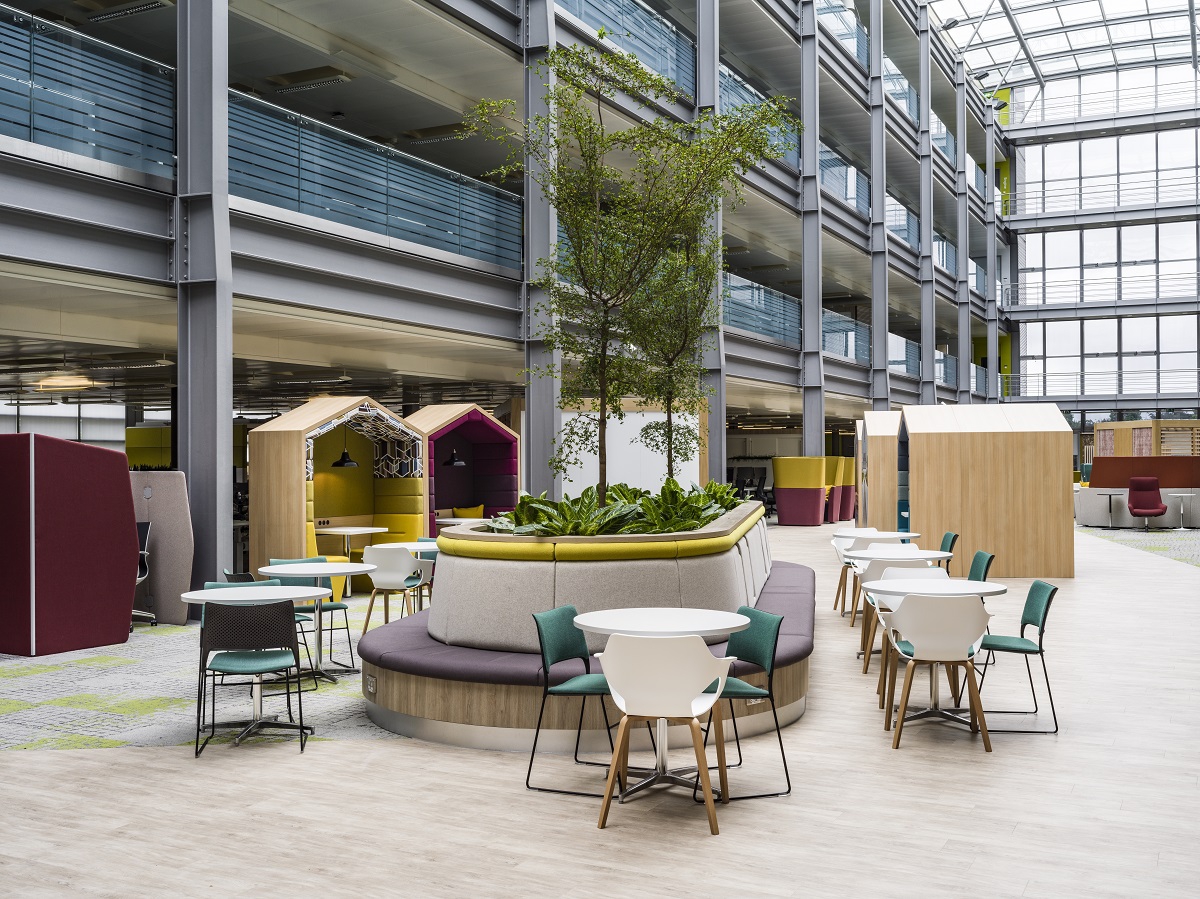
Carbon Goals – Helping Businesses Get to Net Zero by 2040
The fight for sustainability continues across the globe, with governments setting key targets to hopefully avert the worst potential outcomes of the climate crisis.
Since the UK Government passed a law in 2019 requiring all greenhouse gas emissions to be brought to net zero by 2050, and the USA released their Federal Sustainability Plan which aims to reduce emissions by 50% by 2030, businesses are increasingly being tasked with reducing their carbon footprint.
While actions taken so far have significantly reduced emissions, for most businesses, there’s still a mountain to climb when it comes to being climate positive, understanding the impact of embodied carbon and achieving their net zero targets.
In this article, we’ll look at what net zero really means, how to work towards it and why sustainable design in the workplace is vital to achieving it.
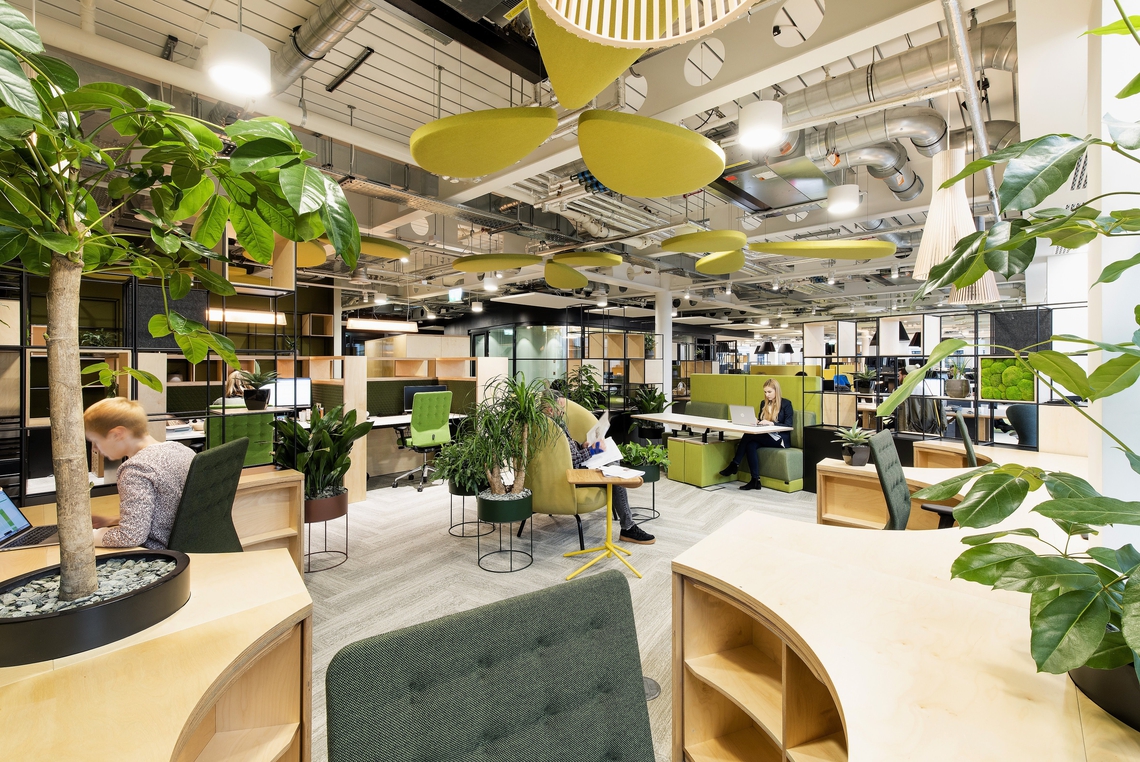
Net zero is the goal state, in which the amount of greenhouse gases emitted into the atmosphere is balanced out by the amount removed from it. When it comes to CO2, this is the state at which global warming stops.
Currently, the earth is 1.1°C warmer than it was at the end of the 19th century and is continuing to rise at an alarming rate. The Paris Agreement was formed as a collective commitment to keep global warming to no more than 1.5°C. In order to do this, emissions must be reduced by 45% by 2030 and reach net zero by 2050.
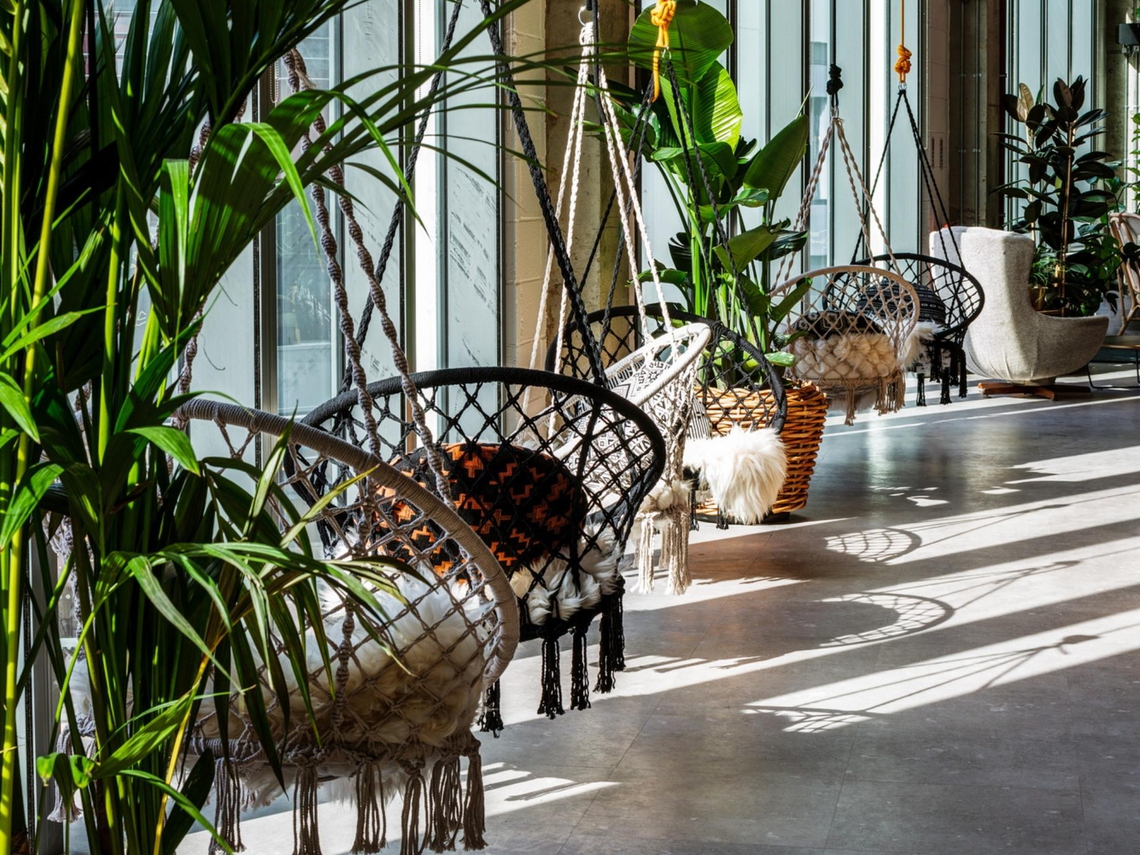
The workplace has a huge impact on the climate. The built environment is responsible for 40% of global carbon emissions, with 11% coming from embodied carbon, associated with materials and construction processes.
The construction and architecture industry continues to seek innovative ways to reach their carbon goals and this year, a group of leading organisations have joined forces to create an initiative called the UK Net Zero Carbon Buildings Standard that will verify buildings that claim to be net zero and share best practice to encourage others on their decarbonisation journey.
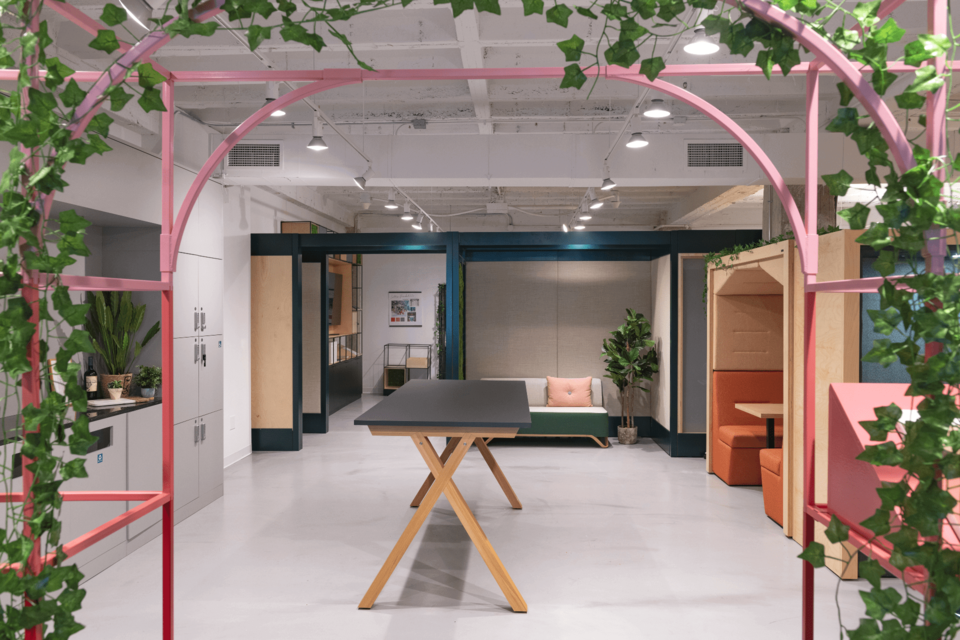
Prioritising sustainable construction practices is key in the journey to net zero, but addressing the impact of embodied carbon is just as important, as embodied carbon emissions account for half of an average building’s footprint.
Embodied carbon refers to the CO2 emissions associated with materials and construction processes throughout the lifecycle of a building. This encapsulates the amount of CO2 created:
During the manufacturing of materials
Transportation of materials
Transportation of waste
In the maintenance of building
During the eventual, demolishing or moving out of the building
Currently, there are no standardised certifications or regulations that exist to measure or reduce these emissions, but there are a growing number of industry leaders calling for higher standards of recognition, awareness and reduction strategies of embodied carbon.
Creating a truly green office begins before any work has begun, during the design phase. When implementing a truly sustainable design into workplaces, first, businesses must look at the post-pandemic demands on the office, calculate expected capacity at any one time and decide how best to utilise the space.
While many companies may choose to downsize, repurposing spaces is a great way to achieve workplace sustainability, by lessening waste, resource and materials spent moving into a new office. Reduce, reuse, recycle.
For new buildings, developments or major renovation work, construction should aim for 2030 targets where possible, focusing on minimising energy demand, maximising on-site renewable energy and low carbon sources of heating.
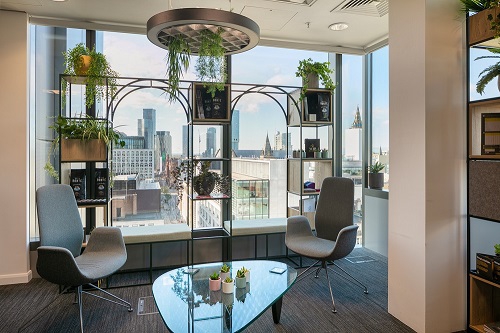
Achieving a truly green office may sound like a big ask, but there are some quick-wins you can implement to prepare for net zero.
By bringing greenery, trees and plants into your workspace design, you can help to remove CO2 from the air while providing a relaxing connection to nature for employees.
Another principle of biophilic design is the enhancement of natural lighting. Using wide, tall windows, skylights and design techniques that facilitate the movement of natural lighting throughout the workplace not only saves on lighting costs, but can lower operational carbon emissions.
One way to reduce embodied carbon is to commit to designing with sustainable furniture. This is furniture that comes with a declare label, proving it was sustainably manufactured, built to last and contains no harmful chemicals.
Another way is to opt for flexible, adjustable and modular furniture which guarantees longevity, as it can be used to reconfigure the office for different purposes and workforces.
Continuing the theme of durability, opting for timeless colour palettes help to eliminate refurbishment costs and emissions when trends move on.
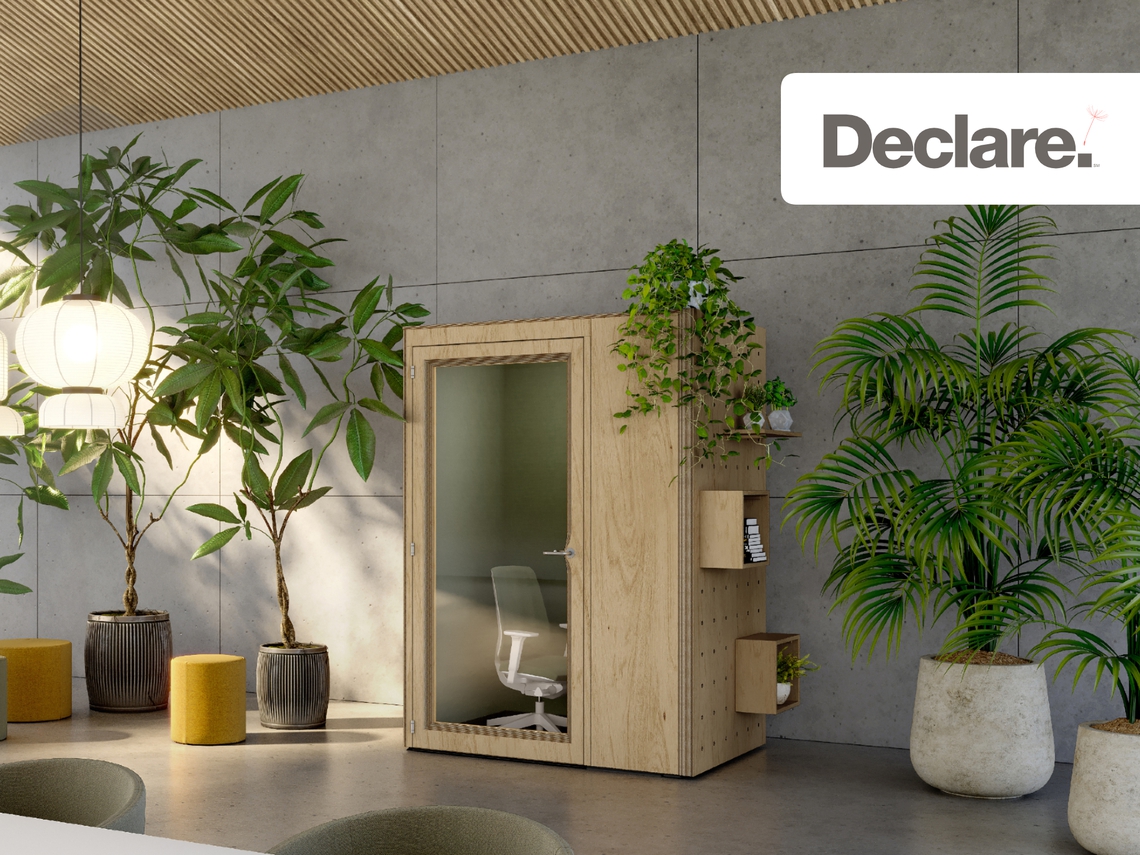
At Spacestor, we are committed to sustainability and are continually seeking innovative ways to make the working world more climate positive. As a global company, we recognise our impact on the climate is significant. Every day we strive to find ways to lessen our impact and support our clients in reducing theirs through great workspace design solutions.